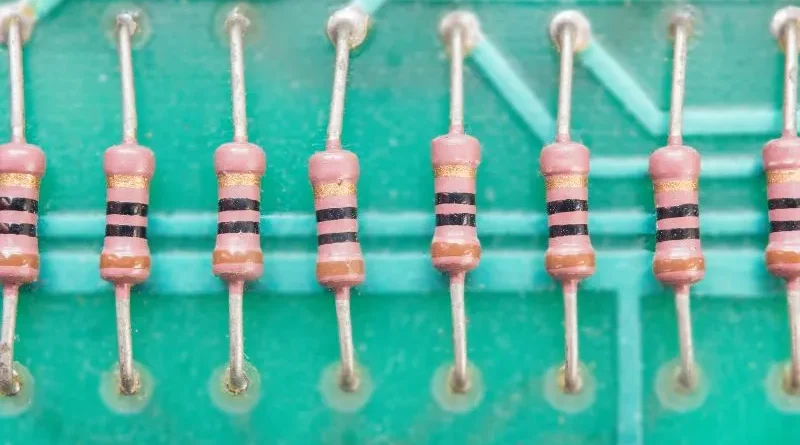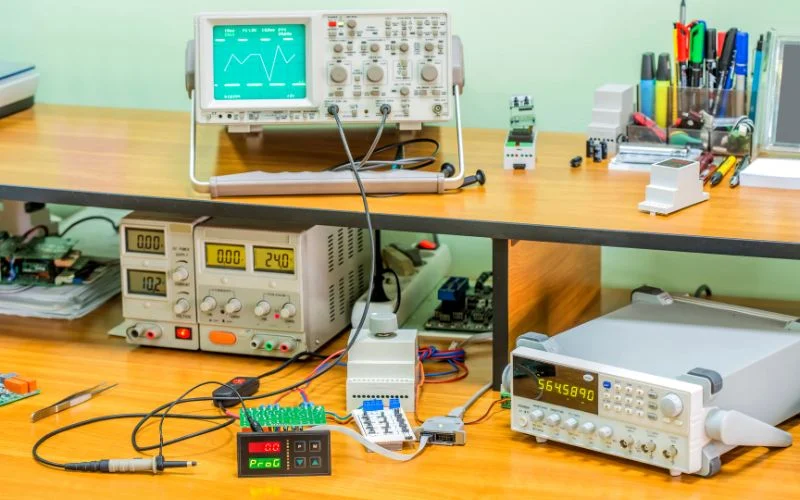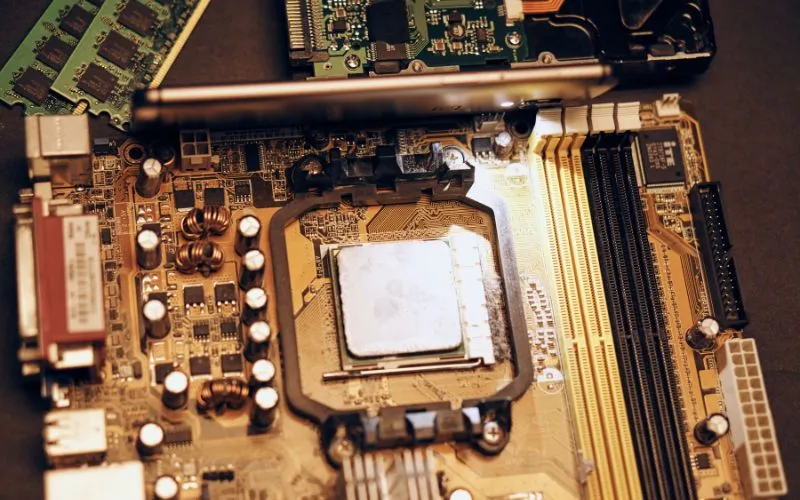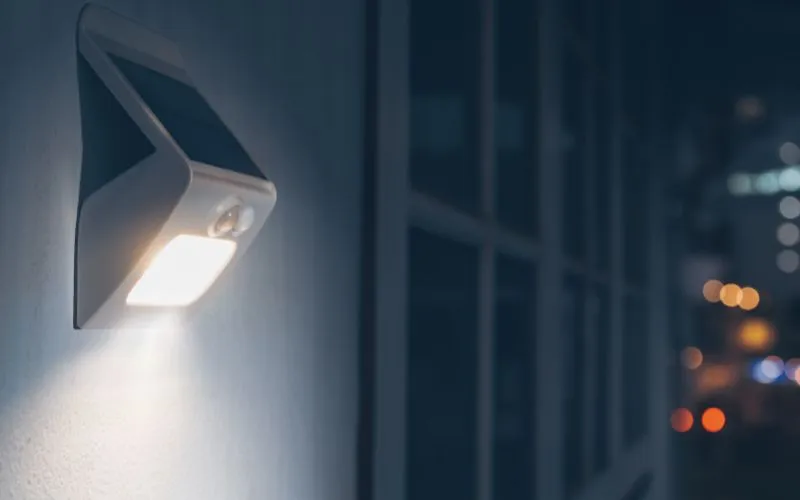
Power diodes play a crucial role in controlling and managing electrical currents in electronic devices. These semiconductor devices are fundamental components in diverse applications, from power supply and voltage regulation to rectification and signal processing. In this article, we will delve into the ins and outs of power diodes and examine their function, types, applications, and important considerations for optimizing their performance.
What is a power diode?
A power diode is a semiconductor device that functions primarily as a unidirectional current valve. It allows current to flow in one direction and blocks it in the opposite direction. This property makes power diodes essential for converting alternating current (AC) to direct current (DC), an important requirement for many electronic circuits and devices.
Types of power diodes

Power diodes come in different types, each designed to meet the specific needs of different applications. Here are some common types of power diodes:
rectifier diodes
Rectifier diodes are probably the best-known type of power diodes. Its main purpose is to convert alternating current into direct current. When AC voltage is applied to a rectifier diode, it passes through the positive half of the AC waveform while blocking the negative half, resulting in a pulsating DC output.
Schottky diodes
Schottky diodes, also known as Schottky barrier diodes, offer lower forward voltage drop and faster switching capabilities than standard rectifier diodes. Due to their low conduction losses, they are widely used in high frequency, voltage clamping and power rectification applications.
Zener diodes
Zener diodes are used for voltage regulation. They maintain a constant output voltage at their terminals regardless of fluctuations in input voltage or load conditions. This makes them essential for power supplies and voltage reference applications.
Fast recovery diodes
Fast recovery diodes are designed to minimize reverse recovery time and reduce the switching losses of traditional rectifier diodes. They are used in high frequency rectification and switching applications.
Schottky rectifier diodes
Schottky rectifier diodes combine the advantages of Schottky diodes and rectifier diodes. They offer low forward voltage drop and fast switching, making them suitable for highly efficient power conversion.
How power diodes work

To maximize the performance of a power diode, it is important to understand how that diode works. At its core, a power diode consists of a PN junction, where P represents the positive side and N represents the negative side of the diode. That's how it works:
- Forward bias : When a positive voltage is applied to the P-side and a negative voltage to the N-side (a forward bias), the diode becomes conductive and allows current to flow through it. Electrons on the N side combine with holes on the P side, creating a low-resistance path for current.
- Reverse Bias : On the other hand, when a negative voltage is applied to the P-side and a positive voltage to the N-side (a reverse voltage), the diode becomes non-conducting and blocks the flow of current. In this state, the PN junction acts as an insulator.
- Break down voltage : When the reverse voltage exceeds a threshold value called breakdown voltage (also known as Zener voltage in Zener diodes), the diode enters the breakdown region, allowing a controlled reverse current to flow.
Power Diode Applications

Power diodes find application in a variety of industries and electronic devices. Some common uses include:
Energy Supplies
In power supplies, rectifier diodes convert alternating mains voltage into direct voltage for electronic devices. They guarantee a stable and usable energy source.
Voltage regulation
Zener diodes play a crucial role in voltage regulation circuits. They help maintain a constant output voltage, preventing damage to sensitive components caused by voltage fluctuations.
Signal fixation
Schottky diodes are used in signal clamping circuits and ensure that voltage levels in sensitive electronic systems do not exceed predefined limits.
Protection circuits
Power diodes are used in protection circuits to prevent reverse flow of current, thereby protecting components from damage.
Switch apps
Fast recovery diodes and Schottky rectifier diodes are used in high-frequency switching applications such as inductors and transformers.
Considerations for Optimal Performance of Power Diodes

To ensure optimal performance of power diodes in electronic circuits, several factors must be taken into account:
Forward voltage drop
Different types of diodes have different forward voltage drops. To minimize power losses, it is important to choose a diode with a forward voltage drop that meets the needs of your circuit.
Reverse recovery time
In high frequency applications, minimizing reverse recovery time is important to reduce switching losses. Selecting diodes with fast delay times is crucial for efficiency.
Temperature ranges
Diodes have temperature limitations and their performance can be affected by temperature fluctuations. Make sure the diode you choose can operate within the temperature range of your application.
Current ranking
Power diodes have current ratings that determine the maximum current they can handle. Choosing a diode with an adequate current rating is crucial to avoid overheating and possible failures.
Conclusion
In summary, power diodes are essential components in electronic circuits, performing functions ranging from AC to DC conversion to voltage regulation and signal clamping. Selecting the right type of power diode and considering factors such as forward voltage drop, reverse recovery time, temperature ratings and current ratings are crucial to ensuring optimal performance in a variety of applications. Understanding the intricacies of power diodes allows engineers and electronics enthusiasts to use their skills effectively.
Common questions
1. Can I use a rectifier diode to regulate voltage?
No, rectifier diodes are primarily designed to convert AC to DC and are not suitable for voltage regulation. It would be better to use zener diodes or voltage regulator ICs for voltage regulation.
2. What is the difference between a Schottky diode and a standard rectifier diode?
The main difference is in the forward voltage drop and switching speed. Schottky diodes have a lower forward voltage drop and faster switching capabilities than standard rectifier diodes. This makes Schottky diodes more suitable for high-frequency applications and scenarios with critically low conduction losses.
3. How do I calculate the power dissipation of a power diode?
To calculate the power dissipation of a power diode, multiply the forward voltage drop (Vf) by the forward current flowing through it (If). The formula is: Power dissipation (Pd) = Vf × If. Make sure the diode power dissipation exceeds this calculated value to avoid overheating and possible damage.

